#the Holy Eucharist
Text

The Month of the Holy Eucharist
“Our sharing in the Body and Blood of Christ has no other purpose than to transform us into that which we receive.” ~Pope St Leo the Great
Prints, plaques & holy cards available for purchase here: (website)
52 notes
·
View notes
Text
I love you, Lord, my strength.
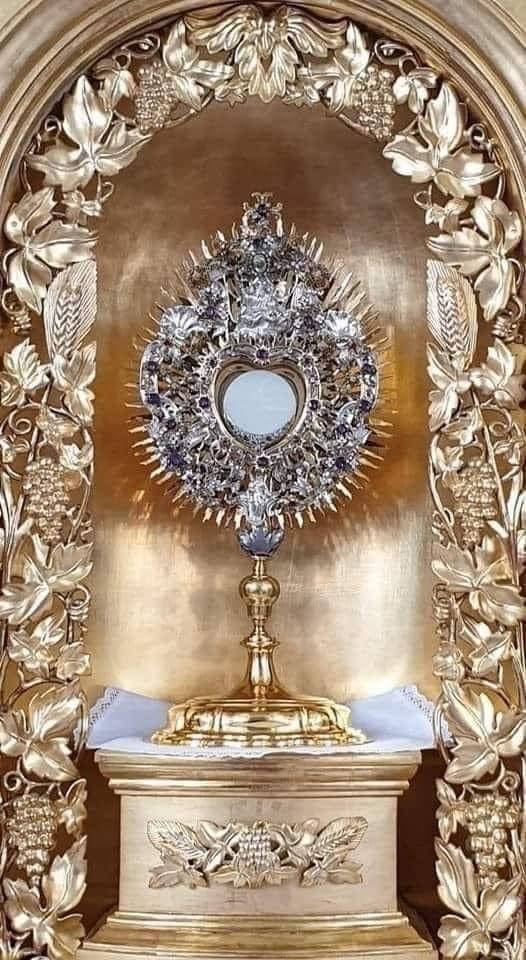
#jesus#catholic#my remnant army#jesus christ#virgin mary#faithoverfear#saints#jesusisgod#endtimes#artwork#Jesus is coming#Eucharist#the Holy Eucharist#word of God#bible verse#Bible#bible verse of the day#come holy spirit
109 notes
·
View notes
Text
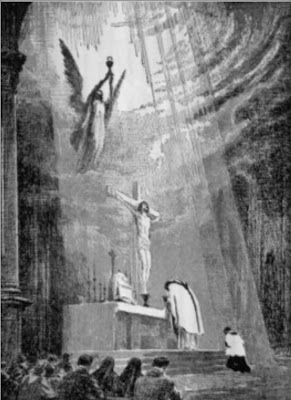
The Holy Sacrifice of the True Catholic Mass.
#traditional catholicism#traditional catholic images#traditional catholic truths#traditional catholic teachings#traditional catholic modern art#pre vatican ii council catholism#the holy sacrifice of mass#the holy eucharist#pre vatican ii council catholic theology#pre vatican ii council mass
4 notes
·
View notes
Text

The Last Supper
1K notes
·
View notes
Text
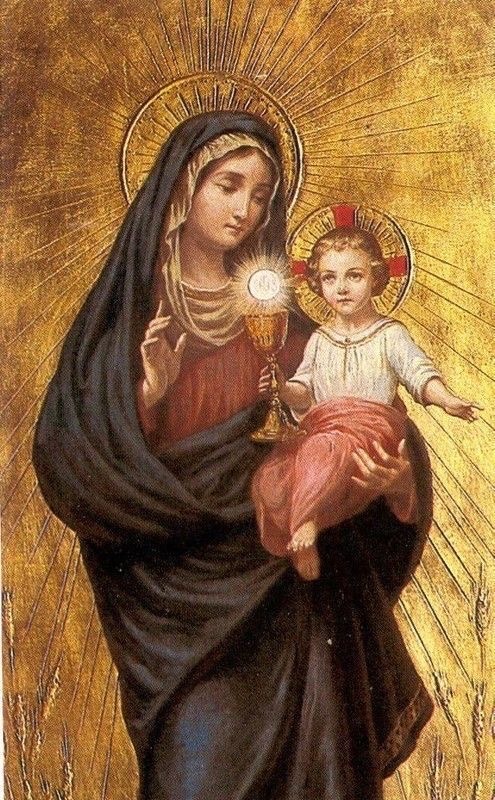
270 notes
·
View notes
Text

John 3:16
For God so loved the world that he gave his one and only Son, that whoever believes in him shall not perish but have eternal life.
#christmas#bright christmas morning#holy spirit#jesus#God#Father#eucharist#light#love#catholic#holy trinity#faith
112 notes
·
View notes
Text

#mother theresa#Eucharist#Ewkaristija#Salib#cross#crucifix#jesus#worship#christianity#catholic#faith#holy
54 notes
·
View notes
Text
While we wait for our final four to come down to the last two, here's another fun poll! Choose your favorite sacrament.
If you don't know what they are or need a refresher, click here.
#baptism#eucharist#confirmation#holy communion#penance#reconciliation#sacrament of penance#holy orders#matrimony#anointing of the sick#sacraments of initiation#sacraments of healing#sacraments of service#catholic#catholicism#catholic sacraments#roman catholic#roman catholicism#catholic saint tournament#polls
190 notes
·
View notes
Text
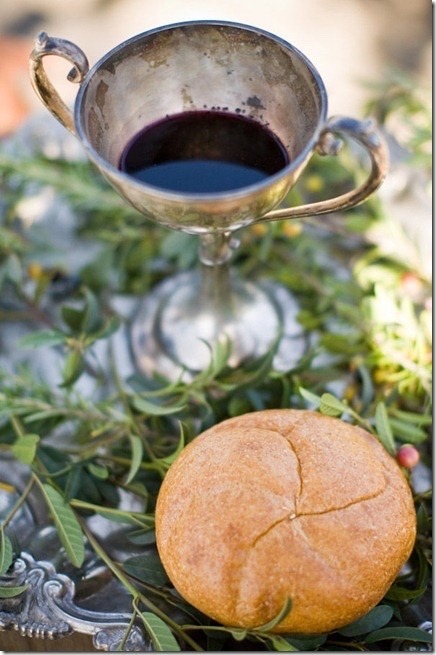
44 notes
·
View notes
Text
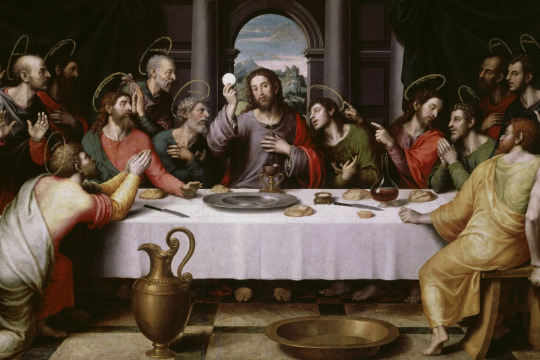
162 notes
·
View notes
Text
𝘐 𝘈𝘥𝘰𝘳𝘦 𝘠𝘰𝘶, 𝘑𝘦𝘴𝘶𝘴...
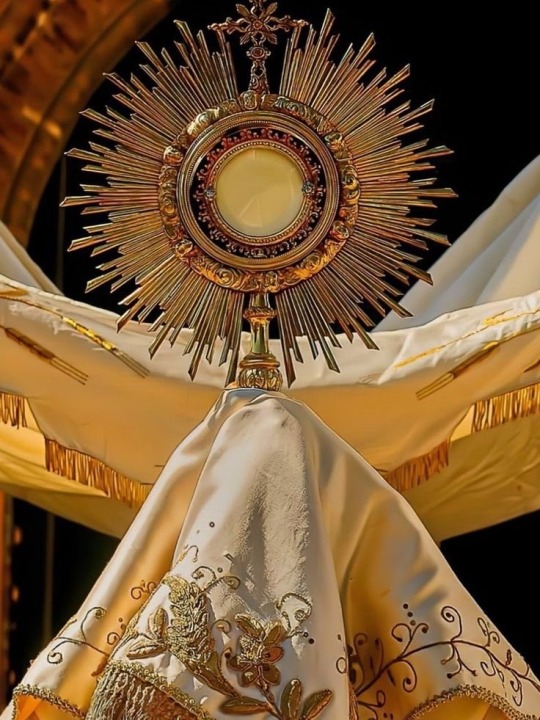
#jesus#catholic#my remnant army#jesus christ#virgin mary#faithoverfear#saints#jesusisgod#endtimes#artwork#Holy Eucharist#Jesus I adore You
175 notes
·
View notes
Text
Eucharistic Adoration
IT IS SAD ...

68 notes
·
View notes
Text
#not heresy#heresy#catholic#christian#eucharist#eucharist eligibility#confirmation#baptism#last rites#holy orders#submission
224 notes
·
View notes
Text

#Jesus#Holy Eucharist#Holy Communion#Mama Mary#Jesus loves you forever#Angels#Catholic Art#Christian Art
64 notes
·
View notes
Text
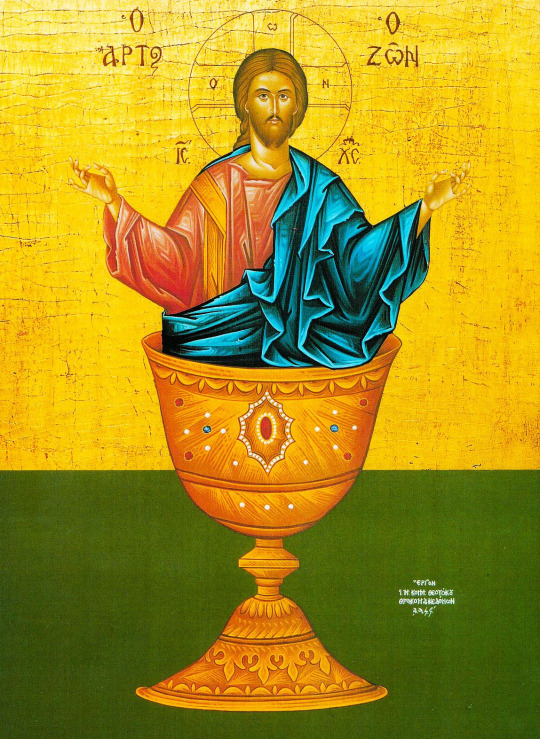
The Lord has given us the Sacrament of His Body and Blood for the purpose of feeding and elevating our spiritual life. I am that bread of life, said the Lord. My flesh is meat indeed, and my blood is drink indeed (Jn. 6:48, 55). Spiritual life is the result of being with the Lord. There is no true life outside of Him or without Him. But He says: He that eateth my flesh, and drinketh my blood, dwelleth in me, and I in him . . . I live by the Father: so he that eateth my flesh, and drinketh my blood, dwelleth in me, and I in him (Jn. 6:56). That means that communion with the Lord works through the Communion of His Body and Blood. True spiritual life is powerful, productive and prolific. But without Me, says the Lord, ye can do nothing. He that abideth in me, and I in him, the same bringeth forth much fruit (Jn. 15:5). He that eateth me, even he shall live by me (Jn. 6:57). Therefore, except ye eat the flesh of the Son of man, and drink his blood, ye have no life in you. Whoso eateth my flesh, and drinketh my blood, have eternal life. (Jn. 6:53-54).
-- Saint Theophan the Recluse: Path to Salvation; A Manual of Spiritual Transformation
45 notes
·
View notes
Text
i will be the first to admit that this might be reaching a bit. also discussions of religious concepts in lgts ahead
so catholicism in lgts is explored through the struggles of living in a small catholic town like kieferberg, and literally everything about walpurga, the forest deity turned saint. but imo there's also something to be said about how elise obtains the tender flesh: this might be a reflection of the sacrament of the eucharist as understood during the medieval era.
but what is the eucharist anyway?
in catholic doctrine the eucharist is supposed to be the body of christ manifested through transubstantiation: the transformation of bread and wine into his flesh and blood respectively. this is based on the events of the last supper in the bible, wherein before his death jesus offers his body to his disciples through the bread and wine that they share. thing is, current understanding of transubstantiation is moreso in a metaphysical sense: catholics who do believe in it don’t actually think that they’re eating jesus’ physical body.
that wasn't always the case with medieval catholicism, however. there were theorists like st aquinas and berengar who argued for a metaphysical transubstantiation, but powerful church officials like cardinal humbert (who actually forced berengar to recount his claims) also believed that the faithful partaking in the eucharist were actually eating the literal, physical flesh and blood of jesus. there was quite a bit of concern too because of this: the body of christ, torn apart and chewed on by not just the faithful, but potential sinners?
the average catholic of that time probably didn't care much for the specifics of how transubstantiation worked (either way, the bread is/represents jesus, whether or not that was physical or not), but the point is there was an ongoing debate—if only among high-ranking church officials and theologians—about what the eucharist really was. now keep in mind that aforementioned literal physicality of the eucharist, and how similarly that plays out to the relevant witching hour segments in lgts.
i want to first highlight the scene where the crows in murim's domain rip out parts of elise's hair for the wheat testament:



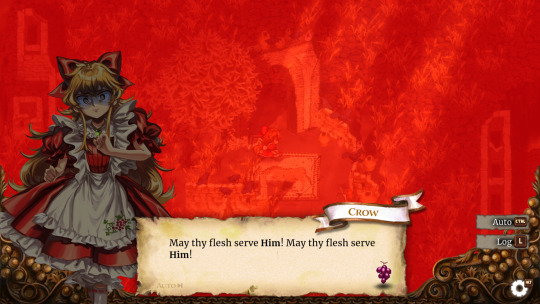
and the aftermath:



they sure are hungry, huh? and the way they get at elise is pretty violent, judging by her screams and the sounds of tearing flesh. their carnal hunger, expressed through their lines and the violence in how they form the wheat testament from her hair, brings to mind similar fears of an animalistic, near sacrilegious ingestion of a certain sacred body turned bread, only this time realized in a demonic trial. in other words, the entire trial subverts christ's supposed physical presence in the bread. besides, it's stated outright that elise is meant to physically combine a piece of her body—her hair—into that wheat.
she does just that in the windmill:



her hair baked into the (apparently unleavened) bread is the tender flesh that the crows hungered for, that would eventually find its way onto ozzy's table.
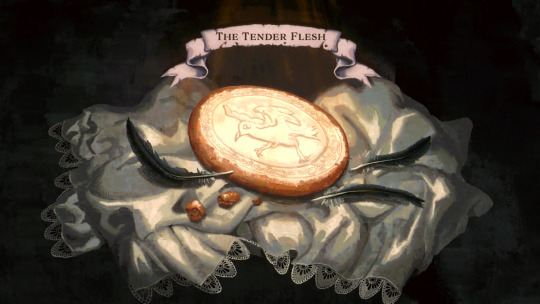
so the process of acquiring the tender flesh seems to imitate that transubstantiation in the celebration of the eucharist. if that's the case, i wonder why ozzy and his minions would design them this way…
btw here's my sources for medieval transubstantiation (despite my unhinged rambling i did do a bit of research):
https://www.jstor.org/stable/23964057 (Ego Berengarius by Chadwick, H., 1989)
https://global.oup.com/academic/product/some-later-medieval-theories-of-the-eucharist-9780199658169 (Some Later Medieval Theories of the Eucharist by Adams, M. M., 2010)
#little goody two shoes#lgts#elise lgts#father hans' study#considering that the game takes place from the pov of someone who's not a fan of the church#which considering that it's kieferberg is understandable#it's interesting how readily she throws herself into what's basically a subversion of one of catholicism's most central sacraments#and to her credit she does technically get what she wants#even if it is a monkey's paw#it gives me Feelings#haven't analyzed the sweetest nectar in connection to this yet#but there are some parallels i feel#or similar functions#as the wine accompanying the bread in the eucharist#so the sweetest nectar—which does look like red wine and is made from a mixture of blood and water—accompanies the tender flesh#definitely did not plan on posting this during holy week no not at allllll
25 notes
·
View notes